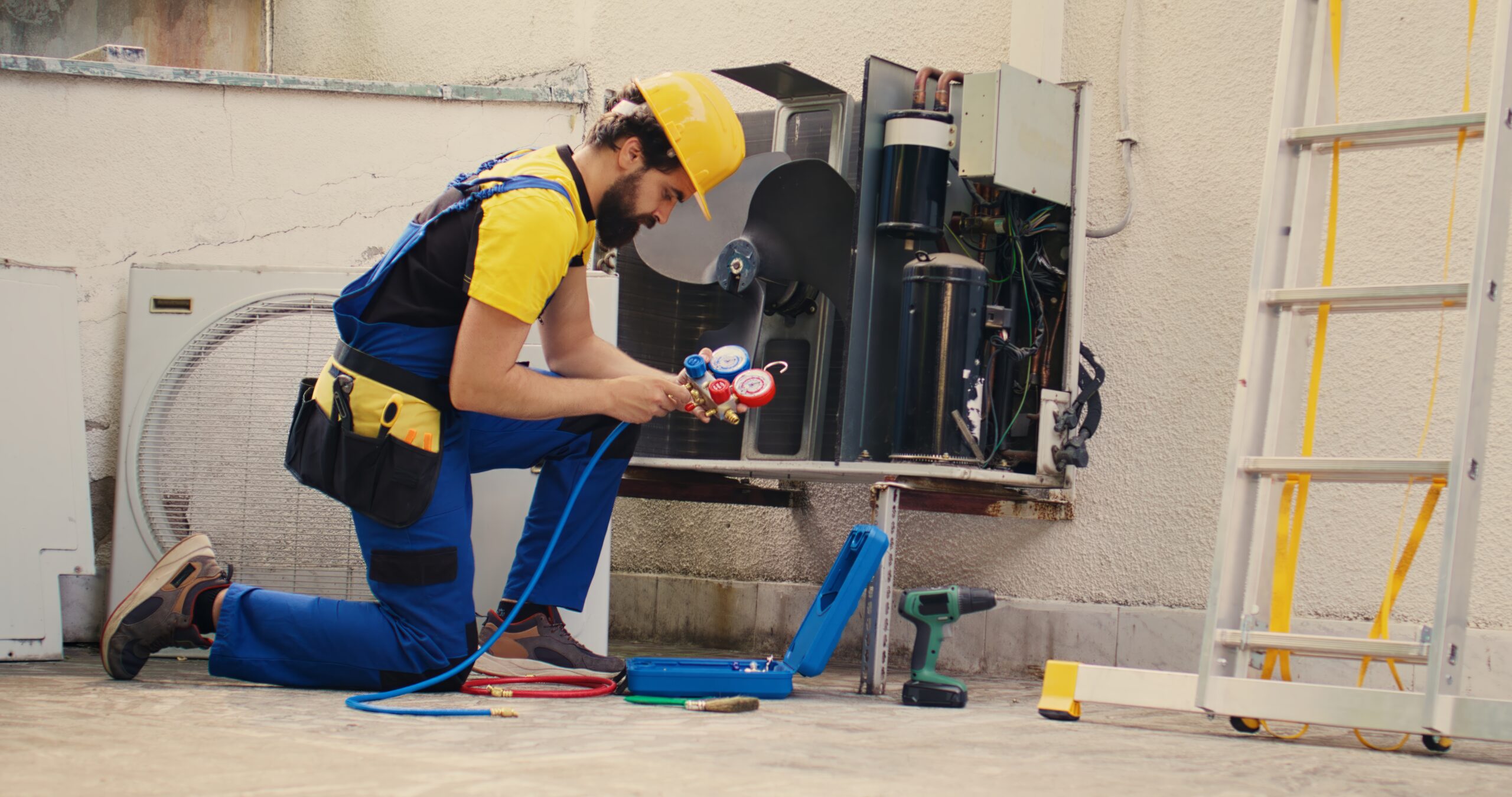While it’s common knowledge that air’s essential for life, people have become increasingly aware of the significance of air quality in recent decades. Pollution and natural disasters, such as volcanic eruptions and forest fires, compromise air quality, affecting agricultural products and creating health issues.
Today, the National Weather Service monitors and forecasts air quality. While external air quality alerts have become a daily part of our lives, many don’t monitor their indoor air quality or understand how poor indoor air quality affects them. Perhaps you’re wondering if you’re suffering from the effects of poor indoor air quality. Let’s look at the effects of poor air quality, what causes poor indoor air quality, and how to improve indoor air quality.
Effects of Poor Air Quality

Perhaps you’re suffering from itchy eyes or a scratchy throat and can’t get these allergy symptoms under control. Allergens such as pollen, mold, and pet dander can recirculate in your home, affecting your indoor air quality and triggering your allergies.
Headaches could also indicate you’re suffering from the effects of poor indoor air quality (IAQ). Dust and mold trigger headaches, and high carbon monoxide levels can cause both headaches and dizziness. Poor air quality can also cause fatigue. If you’re tired all the time, the reason could be pet dander, dust mites, pollen, or mold in your air.
Exposure to secondhand cigarette smoke can cause asthma and other respiratory issues. Air quality issues can cause infections, bacteria can cause Legionnaire’s disease, nitrogen oxide can cause chronic bronchitis, and radon exposure can cause lung cancer.
Causes of Poor Air Quality

Allowing toxins to build up in your indoor air can cause health issues. Using products with volatile organic compounds (VOCs) creates heavy vapors that pollute your indoor air. Unhealthy habits, such as smoking, can also create indoor air quality issues.
While many people understand smoking can cause lung cancer, exposure to second-hand smoke also poses a significant health risk. Cigarette smoke contains over 7,000 chemicals. Dozens of these chemicals can cause cancer and produce indoor air pollution.
Radon’s a gas that originates in soil and typically enters homes through basements. Household appliances, such as boilers and water heaters, can produce carbon dioxide, leading to carbon monoxide poisoning.
Improving Indoor Air Quality

You can protect your indoor air quality by preventing toxins and chemicals from entering your home. Smoke outside, and don’t let others smoke inside. Prevent the creation of vapors by using VOC-free cleaning products and paint.
Maintaining your home’s heating, ventilation, and air conditioning (HVAC) system will improve your indoor air quality. Schedule HVAC system maintenance every spring and fall to ensure your system’s working correctly before summer and winter begin. HVAC companies send certified HVAC technicians to clients’ homes, and the technicians perform routine maintenance tasks, such as replacing your system’s air filter and cleaning your HVAC system.
Air filters trap tiny particles, preventing contaminants and allergens from recirculating throughout your home. Cleaning your air conditioner’s drain pan can remove mold from your HVAC system, preventing your HVAC unit from spreading mold throughout the air. The technicians can also clean your system’s ducts. HVAC units pull air in through return vents along ducts. Once the air’s warmed or cooled, the unit sends the air back through ducts to the supply vents. The air can pick up dust, mold, pollen, and other toxins in your ductwork, reducing your home’s air quality.
Air purifiers reduce indoor air pollution by extracting toxins. In addition to using air purifiers, you can place houseplants throughout your home. Plants such as golden pothos and English ivy remove chemicals from the air. Bamboo palms extract formaldehyde and benzene, while peace lilies eliminate carbon monoxide and formaldehyde.
Air quality issues can cause severe health issues, such as headaches, asthma, and cancer. Maintaining your HVAC unit, using an air purifier, and adding houseplants can improve your home’s air quality.


















